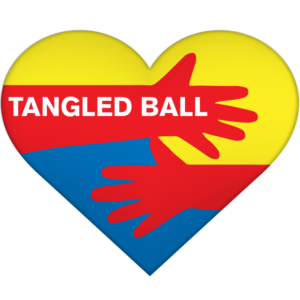
Here in New York City, we’re coming up on the annual Department of Education’s Respect for All Week. From February 10-14, K-12 school activities promote positive school climates, including the National No One Eats Alone Day on Friday, the 14th (which, of course, is Valentine’s Day). Brilliant!
Whether you live in NYC or not, the week of celebrating all things love is a great opportunity to talk about respect, empathy, inclusion, friendship, and tolerance. Bullying behavior begins young so why not offer some teachable moments that will pay off in long-term, positive ways?
How to Start? Just A.S.K.
Ask kids what friendship and respect mean to them.
It’s a great conversation starter. Most schools talk to kids about respect but what does that mean to them personally? What is friendship? (Good time to share some basics on real friendship. It’s also okay to tell kids that you don’t have to be everyone’s friend, but you do have to be kind to everyone: respect.)
Support their efforts when they respect others. Step in when they need a course correction.
Teach them to be assertive and not aggressive. I like to say that assertive is respectful and helps kids get what they want. Aggressive is not respectful and gets them a trip to the principal’s office. Role playing, including giving good eye contact and standing up straight, is a great teaching tool. They’ll get a kick out of seeing you playing the role of a peer!
Kindness counts and teaching empathy helps.
Empathy can be taught! (I recommend Unselfie by Dr. Michele Borba.)
Teaching Tips: Reading books and watching movies together that have respect and kindness themes (most children’s books and movies use these storylines), doing kind deeds, watching a sibling, or even taking care of a pet. You can even play the “What would you do?” game.
Ask and Listen: Listening is key – but not always easy.
What’s a good post without an embarrassing personal anecdote?
I was having one of those days when doing it all wasn’t working. Although I was on a tight client deadline, I thought I could squeeze in doing a (believe me) critical load of laundry. As I was barreling through the kitchen clutching an overflowing clothes basket, my then 15-year-old daughter looked up and said something to me. I threw the basket down and told her in no uncertain terms that I. could. not. do…One. More. Thing.
She had a stunned look on her face. It dawned on me that she wasn’t asking me to do anything at all. What she said was, I like your lipstick. Luckily, we can laugh about it now but what if she was trying to tell me something important?
Listening Tip: We all have distractions – and many parents admit it’s their cell phones that keep them from giving their full attention. But a good trick is to refocus on what is being said, summarize it with the child to make sure you heard it correctly and then ask a solid follow-up question. (Example: Your friends ignored you today? How did that make you feel? How did you react?) From there you can assess whether this is merely a bump in the road (i.e., a conflict that they can and should handle on their own with some guidance) or whether it’s a pattern that has to be addressed.
Please Note: Many kids don’t necessarily talk or voluntarily share what’s going on. Listening may mean observing. If your quiet child doesn’t seem like themselves, it’s even more important to ASK.
(Parents are powerful…and busy.)
Hopefully, these tips can be folded into everyday life and kids will benefit from having Go-To Trusted Adults in their corner.
And, as always, I’m in YOUR corner. Happy Hearts Day.❤️





